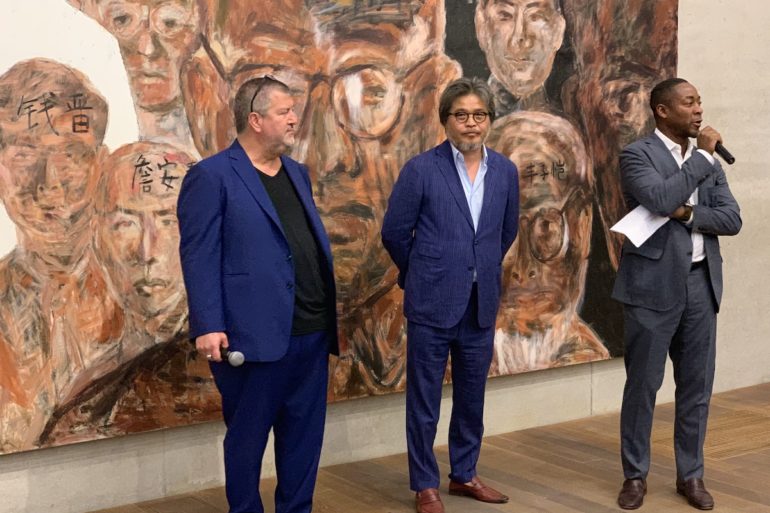
This post is also available in:

The Peréz Art Museum in Miami opens its gigantic gates to Zhao Gang: History Painting, on display from May 24th to January 5th 2020. An exceptional exhibition presented by a curator – exceptional guest: Christian Viveros-Fauné.
A teacher at Yale and the Pratt Institute, Viveros-Fauné is a highly regarded critic and writer, winner of numerous awards. For the occasion, in collaboration with Jennifer Inacio (Assistant Curator of the PAMM), he curated the exhibition symbol of culturalism that strengthens and expands the emphasis of PAMM on the art and culture of all those countries that have had a historic surge of Chinese investments, immigration and culture.
Zhao Gang, considers himself an insider’s outsider in the international art scene, and is one of the greatest connoisseurs of Western and Eastern art, who has sublimely blended into his personal concept through which it is possible to make a critical rereading of the contemporary art history.
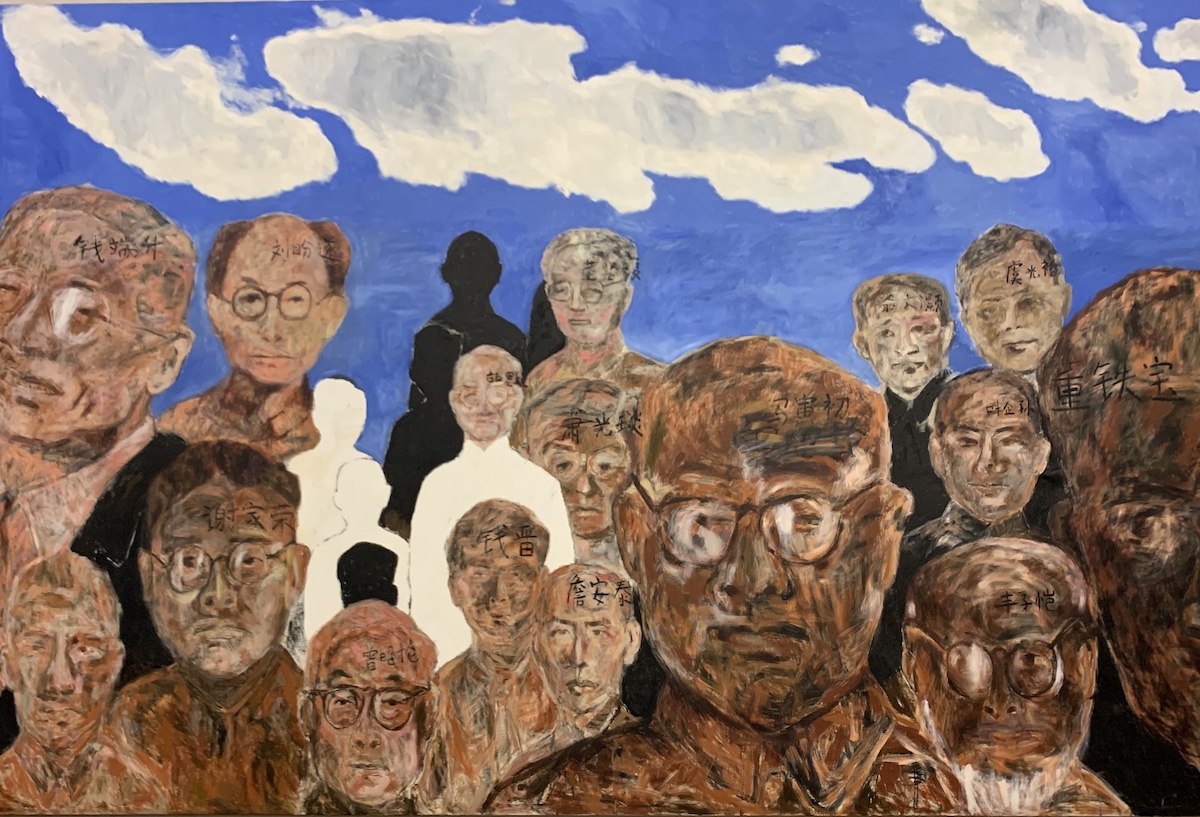
Born in Beijing in 1961, and a descendant of a Chinese ethnic minority (the Manchus) Zhao Gang was the youngest member of the Stars Art Group (xing xing 星星 画 会), the movement that founded the foundations of contemporary Chinese art . Born during the years of the Cultural Revolution, the movement and its members defended individualism and freedom of expression by using modern Western style (from post-impressionism to abstract expressionism), previously banned by the government, to challenge both aesthetic conventions and political authority.
Like other members of the movement, including Ai Weiwei, Zhao Gang left his hometown in 1983 to study and work, first at the University of Maastricht, the Netherlands, and then at Vassar College in Poughkeepsie, and in New York, where he received his master’s in Fine Art from Bard College in Annandale-on-Hudson.
He lived in America for over two decades, and after participating in the artistic revolution of the 1980s / 1990s he abandoned the art to be a banker on Wall Street. This choice has subsequently developed sarcastically as a move of performative art. He finally decided to go back to pursuing his passion in 1999, but returning to China in 2007, with his wife and two children, in search of his past at the mercy of inheritance, religion and politics. China radically changed compared to the country he has left, due to the profound changes faced starting from the 1983 Anti Spiritual Pollution Campaign in Piazza Tien-an-men, which led the country towards economic entry into the global market.

Considered a rebel from his youth in which he took an active part in the Chinese Cultural Revolution, Zhao Gang is known in the environment as Gangsta Zhao and his artistic expression, as a trans-cultural native expatriate, reflects both the eastern and western sides, with distinct characteristics compared to contemporary Chinese artists. He currently has two art studios, one in Beijing and one in Taipei defined by Gang as China’s Chinatown.
The PAMM exhibition exhibits fourteen medium and large oil painting on canvas, which bring together the multicultural aspects of the art of Gang, composed in the period between 1997 and 2015. Some works are set up inside a “studio apartment” of 130 square foot. The exhibition, unique in its kind, represents a real reconstruction of the living environment in which Chinese artists set up their own exhibitions to escape the government censorship and prohibitions. In addition to providing an example of the working conditions of the artists in a prohibitionist country, the apartment symbolically represents the battles that the Chinese artists themselves fought in search of freedom of expression achieved only in the following years.
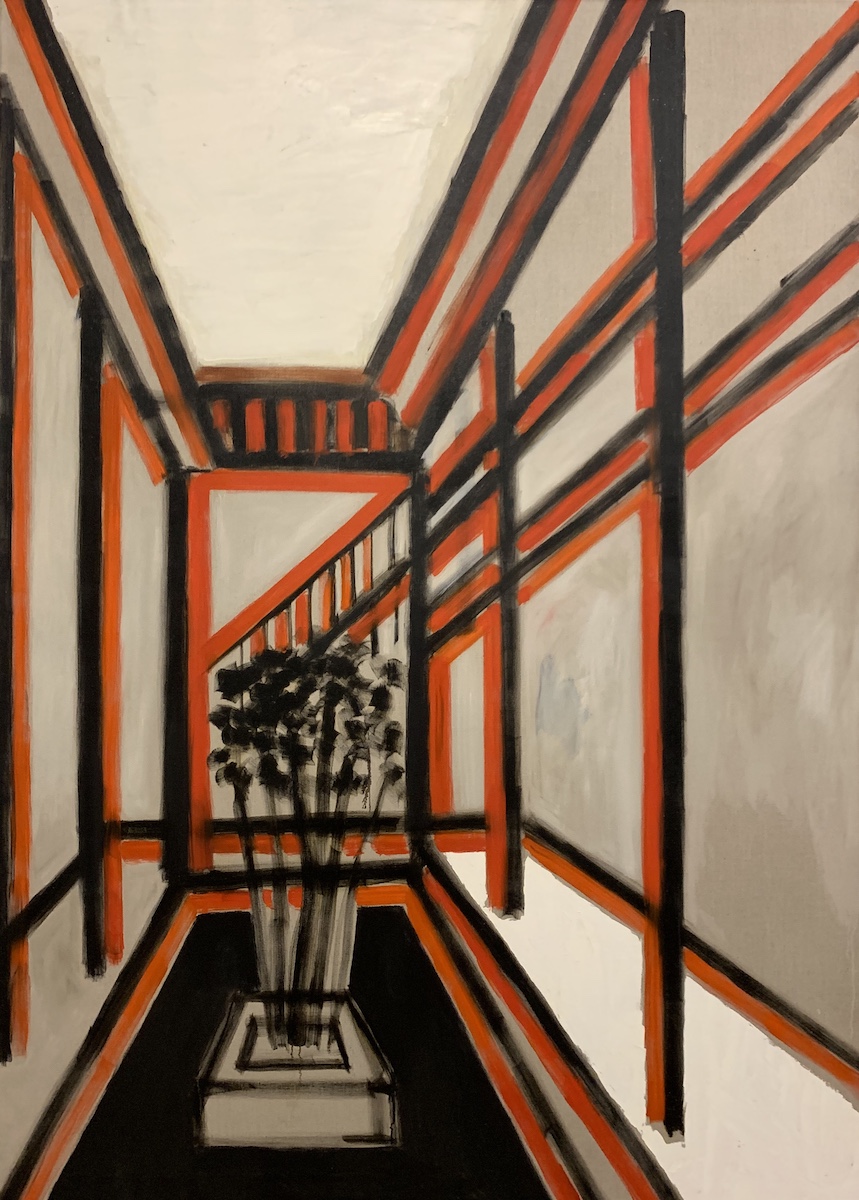
On show his painting practice, dynamic and provocative, which freely combines western and eastern influences in relation to which he acts as an ironic watershed.
His canvases, which he composes from photographs, are composed of rough strokes, almost raw, dictated by the attitude of those who want to resist at all costs, the tendency to achieve the refinement of artistic practice, and are deliberately left incomplete in the paint finish. Like the basic arguments that skeptics supported their position of absolute agnosticism, his paintings become subversion of secular rigidity, of Chinese tradition with processed images taken of the Cultural Revolution, from memories of his childhood and of China as an economic and cultural power of the new millennium.
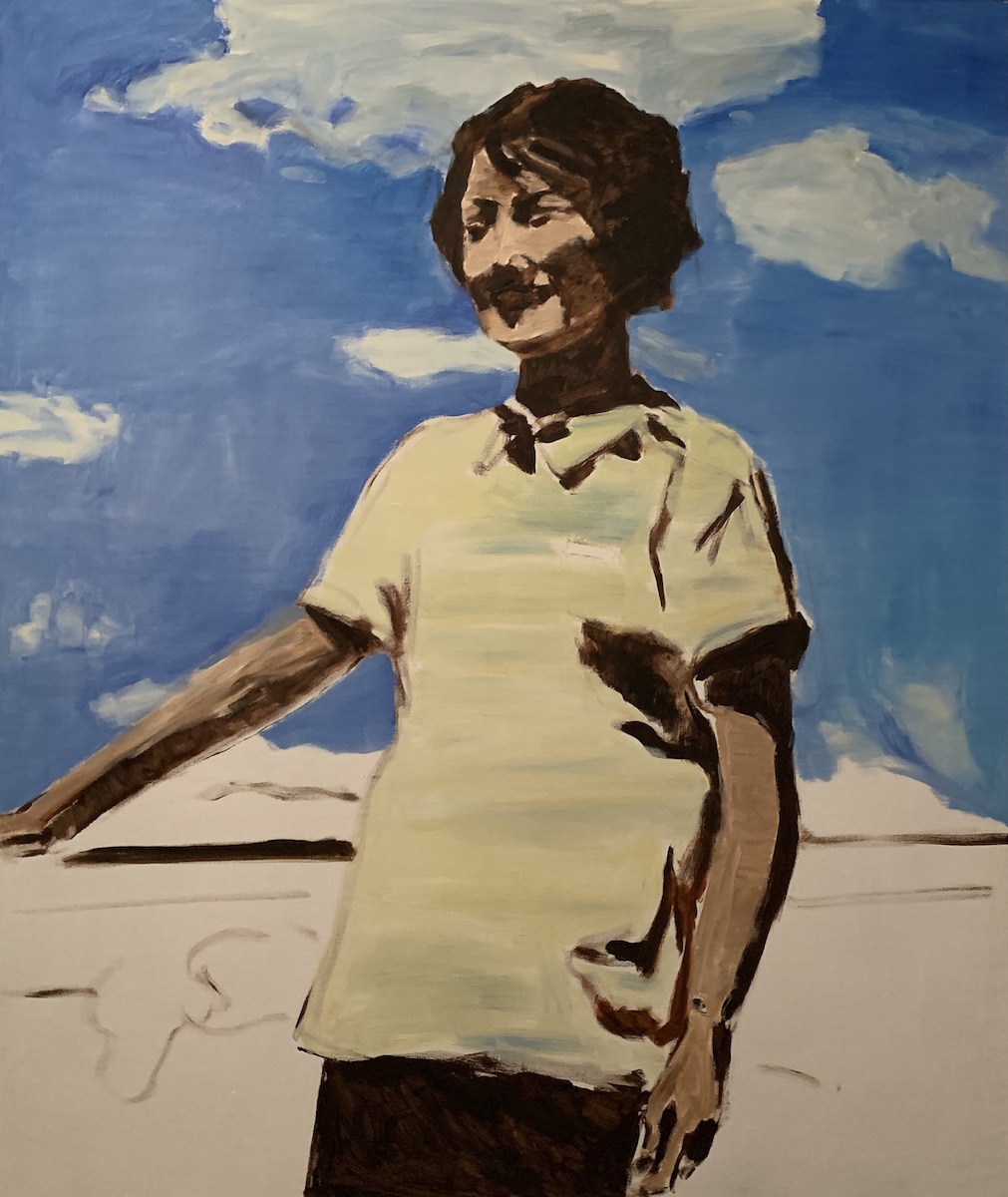
Among the works on display is a selection composed of landscapes, still-life, interior painting, genre painting, and two group portraits, in which Gang uses strong expressionist colors as a shortcut to describe his inexhaustible research for historical details. Among the proposed works, in the foreground the immense work (157 1/2 x 236 1/4 in) Cocksucker Blues, in which, inspired by the documentary by Robert Frank, on the Rolling Stones Tour in America, he represents the portraits of 21 Chinese intellectuals tortured and killed during the years of the Mao Cultural Revolution. The intellectuals, like him, were educated in the best European and American universities and returned to their homeland in order to bring positive changes for freedom and intellectual development of the nation.
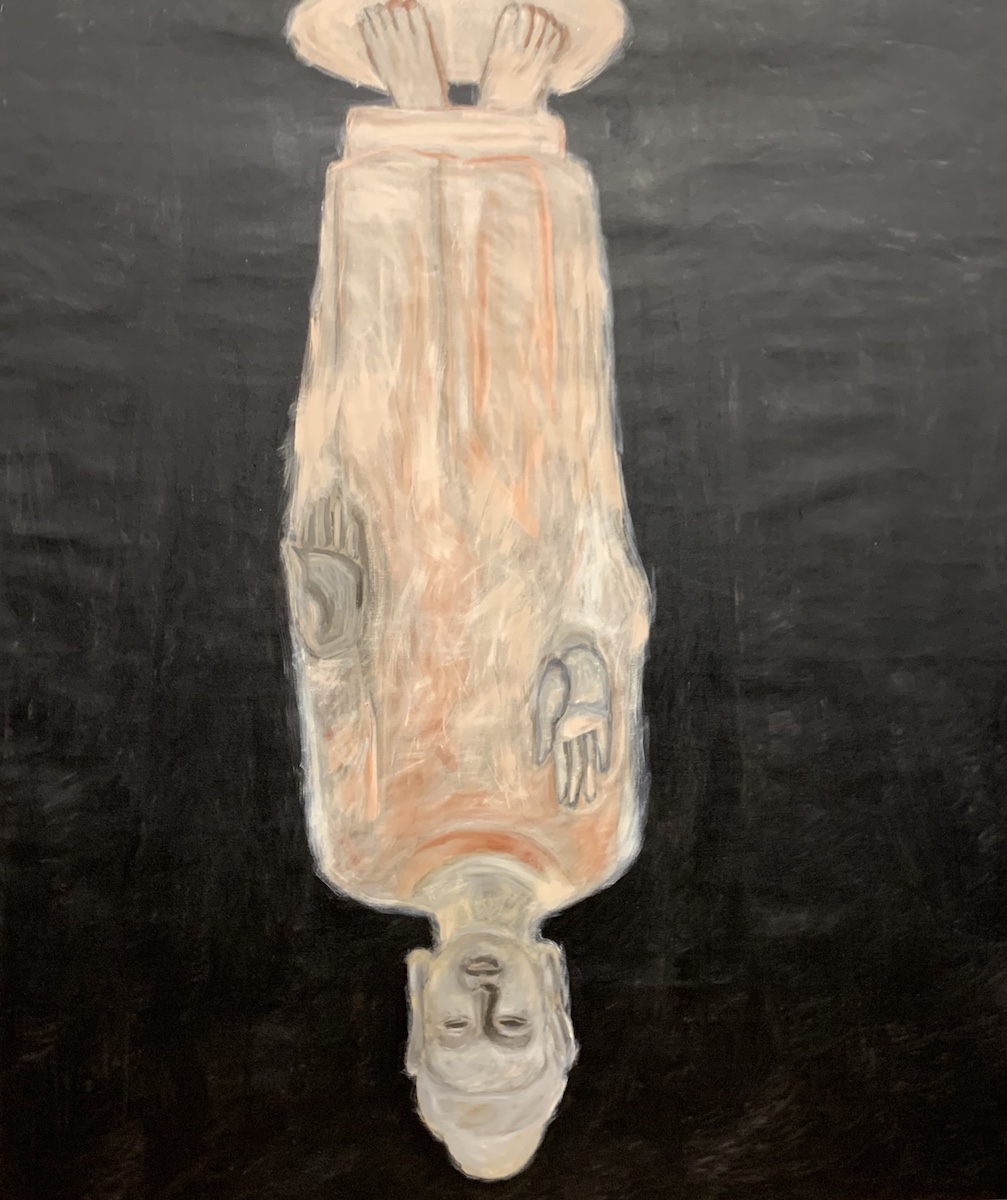
Revolution Ballet is another revelatory artwork, which reproduces an advertising poster of the Red Detachment of Women ballet, approved by the Mao government. The work, which represents a dancer in military clothes, is a reflective starting point for the artist, in which emerges the sexual anxiety about the role of women in Chinese culture. Among the environmental paintings, A Corridor of the Classroom, represents a memory of his childhood that he portrays with a vertical balance of volumes, played on red and black: an excerpt from the private elite school in which he had studied as a boy. Defigurated Buddha, is instead the irreverent representation of Buddha, represented upside down in shades of pink and white on a black background, with conventional clichés portraying him with his hands placed in a sign of charity and compassion.
Zhao Gang has exhibited in several solo shows including Ullens Center for Contemporary Art, Beijing, China, 2015; Art and China: Theater of the World at the Solomon R. Guggenheim Museum, in 2017. He has also participated in important biennials and triennials such as PERFORMA 07, the Triennial of Guangzhou and the Triennial of Yokohama.
.
